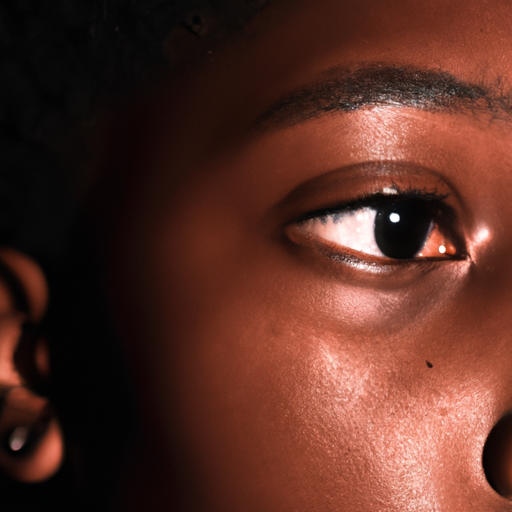As a dermatologist, I often encounter patients who are grappling with the distressing condition of acne. Acne is a common skin condition that affects people of all ages, but it is particularly prevalent among teenagers and young adults. It manifests as different types of bumps on the skin, including whiteheads, blackheads, and pimples. These bumps are often accompanied by inflammation and can lead to scarring if not properly treated. This article aims to provide a comprehensive guide to the diagnosis and treatment of acne.
Acne primarily affects areas of the skin with a high number of oil glands, including the face, upper part of the chest, and back. It is caused by the overproduction of oil, blockage of hair follicles that release oil, and growth of bacteria in these follicles. Hormonal changes during puberty, menstruation, or pregnancy can also trigger acne. Other factors such as diet, stress, and certain medications can exacerbate the condition.
Diagnosis of acne is typically straightforward. As dermatologists, we can usually identify acne by examining your skin. However, we may also ask about your medical history, diet, stress levels, and current medications to understand potential triggers or exacerbating factors. In some cases, we may take a small sample of skin or extract a comedone (a clogged pore) for lab testing to rule out other skin conditions.
Once diagnosed, the treatment plan for acne is tailored to the severity and type of acne, as well as the patient’s overall health and lifestyle. Mild acne can often be managed with over-the-counter products that contain ingredients like benzoyl peroxide or salicylic acid. These ingredients work by reducing oil production, speeding up skin cell turnover, fighting bacterial infection, or reducing inflammation.
For moderate to severe acne, prescription medications may be necessary. These can include topical retinoids, antibiotics, or a combination of both. In women, oral contraceptives or anti-androgen agents can also be effective. For deep cysts or nodules, a treatment called isotretinoin may be recommended. However, this medication carries significant risks and is typically used as a last resort when other treatments have failed.
In addition to medications, various procedural treatments can also be beneficial for acne. These include light therapy, chemical peels, and extraction of whiteheads and blackheads. These procedures should always be performed by a trained professional to avoid potential complications.
It’s important to remember that acne treatments take time to work – usually four to eight weeks – and often, your acne might get worse before it gets better. Patience and consistency are key. Also, while we can effectively manage acne, there is currently no cure. Therefore, ongoing treatment may be necessary to prevent new breakouts.
In conclusion, acne is a complex condition that requires a comprehensive approach to diagnosis and treatment. As dermatologists, we are committed to helping our patients understand their condition and find the most effective treatment plan for their unique needs. With the right care, acne can be successfully managed, improving not only the appearance of the skin but also the patient’s quality of life.



